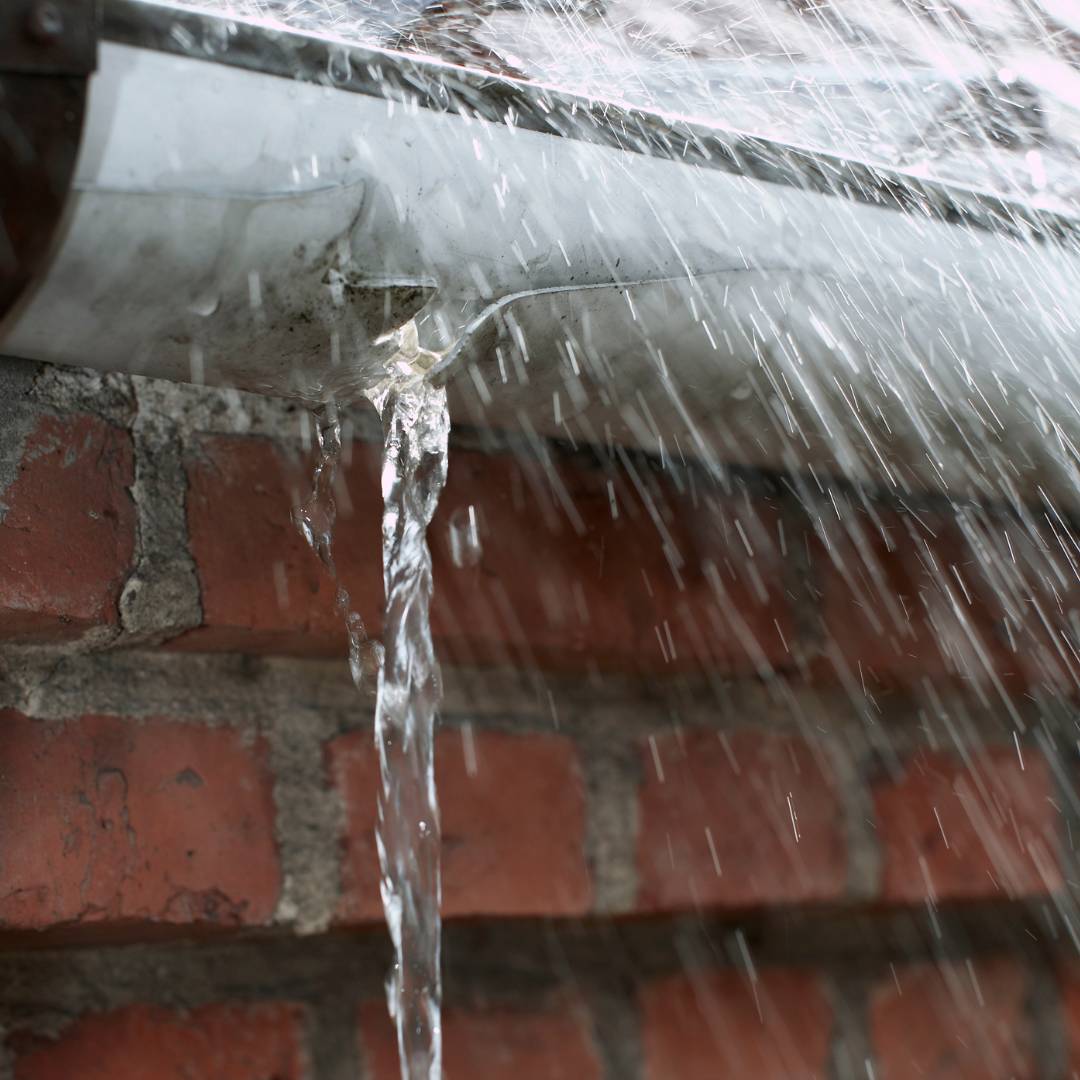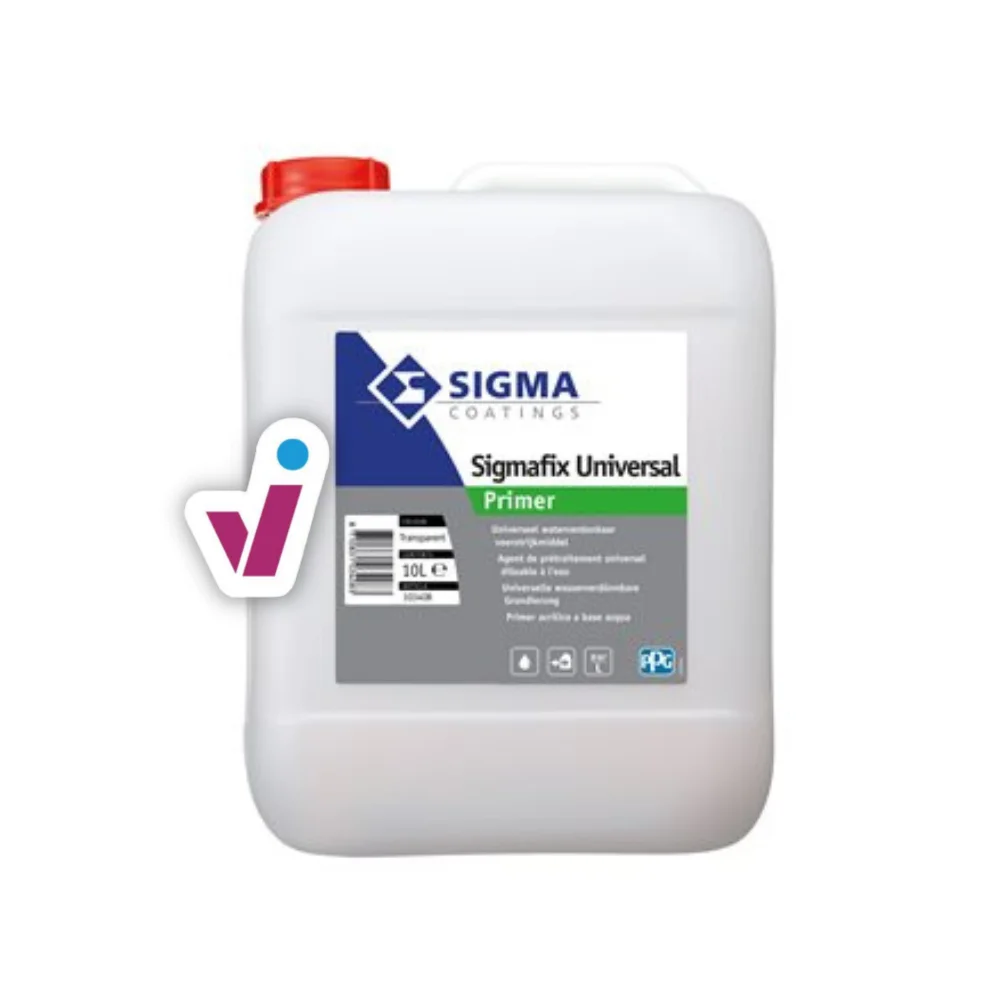How do you fix peeling paint on exterior walls?
Repair or remove peeling wall paint?
Did you buy an old house with peeling wall paint? Or did you recently paint the exterior wall, but the paint is now dissolving? With flaking paint, there is unfortunately only 1 thing to do. Remove the cracked layer, treat your exterior wall and then repaint. So, repairing flaking exterior wall paint is not possible. But hey, we can help you remove the paint from your exterior wall.
How to do this?
- A common trick to remove your exterior wall paint is to let the high-pressure washer do its job.
- If the paint still struggles to come off, you might consider rubbing the facade with a stripper first. After letting this paint stripper (or décapant) soak in, then spray everything off with the pressure washer as well. Note: this is a dirty job, so work clothes will definitely come in handy 😉

Proper treatment of exterior wall
Don't paint over flaking exterior wall paint
Previous steps well followed? Then you can paint your exterior wall using any current facade paint. You can read exactly how to do this in our detailed step-by-step plan: painting a facade.
‼️ But we recommend that you take a moment to think about what could be the cause of your flaking wall paint. So that you can tackle this problem first, and then paint your wall without any worries.
Causes of flaking paint on exterior walls
To prevent flaking paint from now on, keep these possible causes in mind.
- You combine paints that are not compatible. Think of a solvent-based paint on top of a water-based primer. When you apply these two types of paint on top of each other, the paint layer can start to peel.
- The paint is not elastic enough for your substrate. If you have small cracks in the exterior wall, for example, we would rather recommend one of our flexible exterior wall paints.
- You haven't adequately prepared the substrate. For example, several spots might have suffered from green deposits. If the substrate is still dirty, the paint will not adhere well. For example, spray your facade with water mixed with bleach. After resting overnight, rinse the facade thoroughly again.
- Your freshly painted facade was exposed to rain, dew or humidity during or shortly after. Find out how long your paint needs to dry and respect this as much as possible. The drying time indicated on the paint pot applies at an average temperature of 20°C. Is it colder outside? Then the paint may need a little more time to dry. A professional tip: Sigma Facade Topcoat Matt is rainproof after only 20 minutes. Very handy for the weather in Belgium and the Netherlands.
- The layers of paint on the facade have many years on the counter. Flaking purely from age is also possible. Here, the solution is to remove the flaked-off layers, treat your wall and then repaint.
- The outer wall was still too wet during painting. Before painting, you should check whether the surface is completely dry. A moisture meter can help you with this. Read more about the right humidity level and air humidity here. Do you notice that the walls are not drying properly and that there is more to it? That's possible, as moisture is often the biggest culprit of flaking paint outside.

Moisture, a major culprit for your exterior paintwork
Below we list some moisture problems, so you can determine for yourself if you are also facing such a problem:
- Your facade suffers from a poor water barrier
- You have thermal bridges/building knots in the cavity wall: these are places where the insulation layer is interrupted
- Leaks on gutters, water pipes, drains and central heating pipes can also sometimes cause damp problems
- The pointing of your exterior walls needs repair. For example, your facade contains some cracks or crazing in the joints, allowing moisture to penetrate. Here, you can choose to have the grouting completely redone.
Or using a hydrophobic agent is also possible as protection. Do note that if you use a hydrophobic agent, you should not paint for the first five years. It is a lesser investment and effort than taking care of the entire grouting, though.
Recent blogs
Do you have any projects on the outside of your house planned? Then these handy blog posts can provide you with inspiration and tips in advance.







